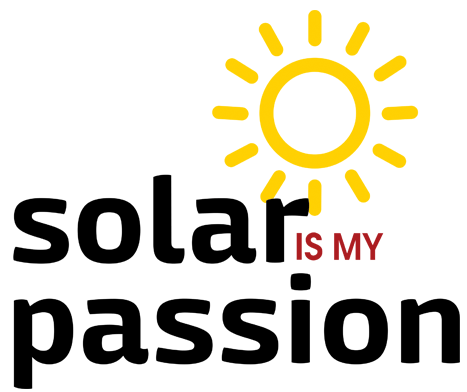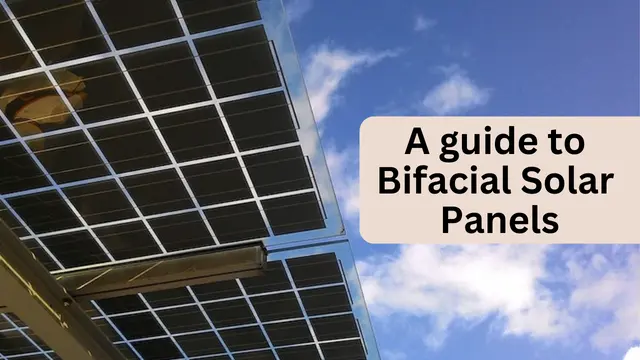Understanding Bifacial Solar Panels
In recent years, bifacial solar panels have gained prominence as a promising alternative in the renewable energy sector. This article provides a comprehensive overview of bifacial solar panels, explaining their working mechanism, technical requirements, suitable installation locations, and the numerous benefits they offer. Read on to unlock the potential of this groundbreaking solar technology.
How Do Bifacial Solar Panels Work?
Bifacial solar panels differ from traditional photovoltaic panels by capturing sunlight from both sides. They utilize a transparent backsheet, which enables the transmission of light through the front and back surfaces of the panel. This unique design allows these solar panels to generate energy not only from direct sunlight but also from reflected sunlight, enhancing overall efficiency.
To understand the working principle in detail, let’s delve into the three key steps of energy generation in bifacial solar panels:
- Absorption: When sunlight hits the front side of the panel, the photovoltaic cells absorb the solar energy. Simultaneously, a portion of the sunlight passes through the cells and reaches the backside.
- Reflection and Absorption: The backside of the panel is designed to capture the reflected sunlight. The transparent backsheet ensures that a significant amount of the reflected light reaches the cells and gets absorbed, further contributing to energy production.
- Electrical Conversion: The absorbed sunlight, both from the front and back surfaces, is converted into electricity through the photovoltaic cells. This electricity is then collected and utilized for various applications.
Technical Requirements for Bifacial Solar Panels
To maximize the performance of these solar panels, certain technical considerations must be taken into account:
- Mounting and Tracking Systems: These solar panels are usually mounted on structures or frames that allow them to tilt or rotate. This facilitates optimal sun exposure throughout the day, increasing energy generation.
- Site Albedo: Albedo refers to the reflective properties of the surrounding environment. These solar panels perform better in areas with higher albedo, such as open fields or surfaces with light-colored materials, as they can capture more reflected sunlight.
- Inclination Angle: The inclination angle of these solar panels plays a crucial role in maximizing energy production. Adjusting the tilt angle based on the geographical location and season ensures optimal sunlight absorption.
- Maintenance Procedures: Regular cleaning and inspection are essential to remove dirt, dust, or debris that can hinder light transmission and reduce energy output. Periodic monitoring of the electrical components is also recommended to identify and address any potential issues.
Ideal Locations for Installing Bifacial Solar Panels
These panels can be installed in various locations to capitalize on their dual-sided energy generation:
- Open Fields: Large open fields provide ample space for ground-mounted bifacial solar panel installations. The unobstructed surroundings offer maximum exposure to direct and reflected sunlight, optimizing energy production.
- Solar Farms: Solar farms, dedicated areas for solar energy generation, are ideal for bifacial panels. The expansive layout and careful arrangement of panels allow for efficient utilization of sunlight.
- Rooftop Installations: Rooftops of commercial and industrial buildings can be utilized for these solar panel installations. Proper positioning and orientation are crucial to capture sunlight effectively.
- Water Bodies: These solar panels can be installed near lakes, reservoirs, or other water bodies. The reflective nature of water enhances the amount of sunlight reaching the backside of the panels, increasing overall energy generation.
Benefits of Bifacial Solar Panels
- Enhanced Energy Generation: These solar panels have the potential to generate up to 30% more energy compared to traditional monofacial panels. This increased efficiency is attributed to their ability to capture light from both sides, thereby harnessing a broader range of sunlight.
- Improved Performance in Diffused Light Conditions: These solar panels exhibit superior performance in diffuse light conditions, making them particularly suitable for regions with overcast weather or partially shaded environments. They can utilize the scattered sunlight effectively, ensuring consistent energy production.
- Greater Design Flexibility: Due to their transparent backsheet, these solar panels offer aesthetic advantages and design flexibility. Their sleek appearance and see-through characteristic make them an attractive option for architectural integration in urban settings.
- Longevity and Durability: These solar panels are engineered with robust materials and withstand harsh weather conditions. Their construction ensures resistance to potential micro-cracking, reducing the risk of performance degradation over time.
FAQs:
Q1: Are bifacial solar panels more expensive than traditional solar panels?
A1: While bifacial panel may have a slightly higher upfront costcomparing to other types of solar panels, their enhanced energy generation capabilities often justify the investment in the long run. The higher energy output can lead to quicker returns on investment and greater overall savings on electricity bills.
Q2: Can bifacial solar panel be used in residential installations?
A2: Yes, bifacial solar panels can be used in residential installations, particularly in areas with ample space and optimal sunlight conditions. However, it is important to evaluate the specific requirements and consult with professionals to determine the feasibility and cost-effectiveness for individual residential projects.
Q3: Do bifacial solar panels require specialized maintenance?
A3: Bifacial solar panels generally require similar maintenance procedures as traditional solar panels, such as regular cleaning and inspection. However, due to their dual-sided design, it is essential to pay attention to both the front and back surfaces during cleaning to ensure maximum light transmission. Additionally, periodic monitoring of the electrical components is recommended to ensure optimal performance.


